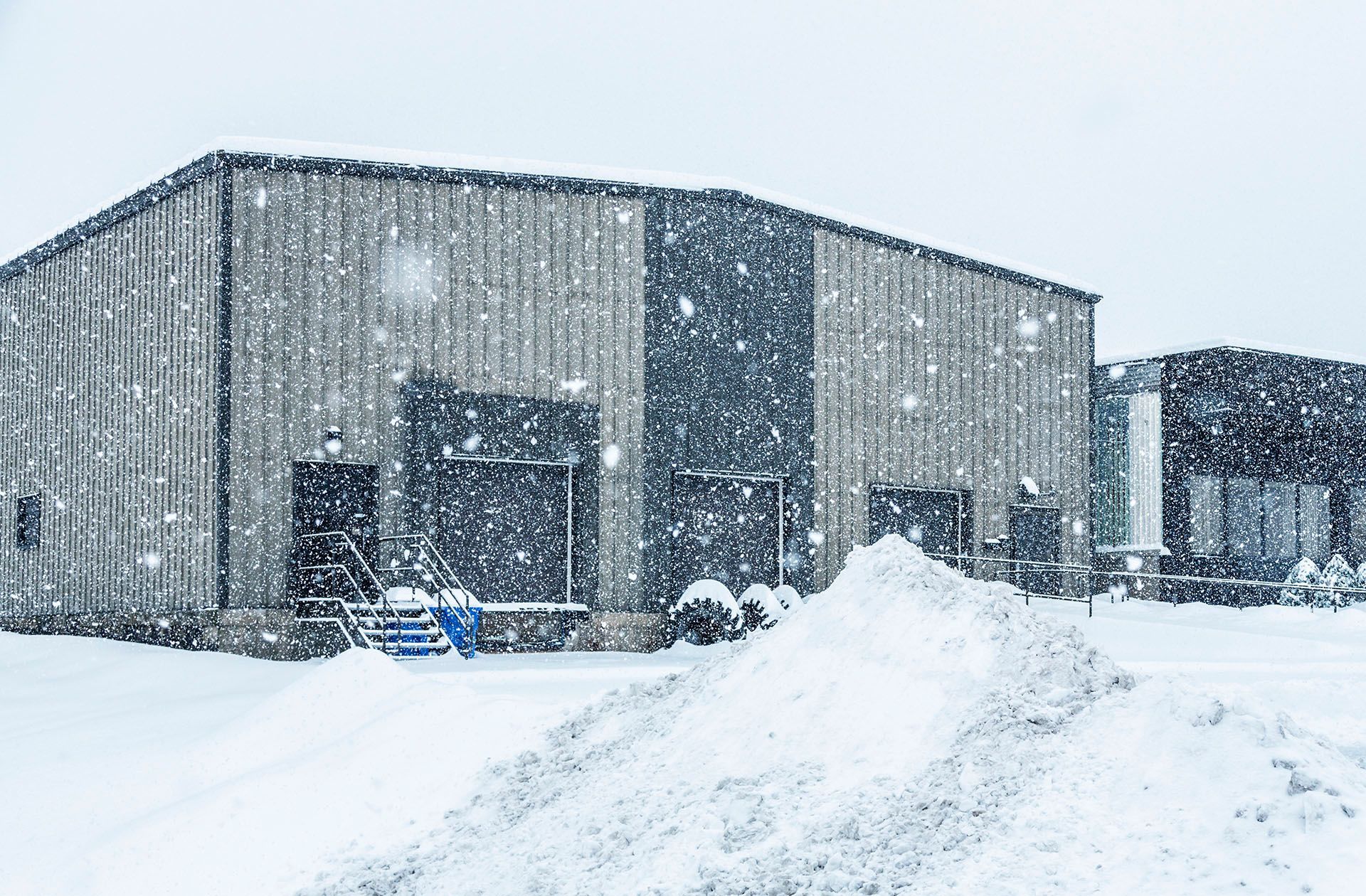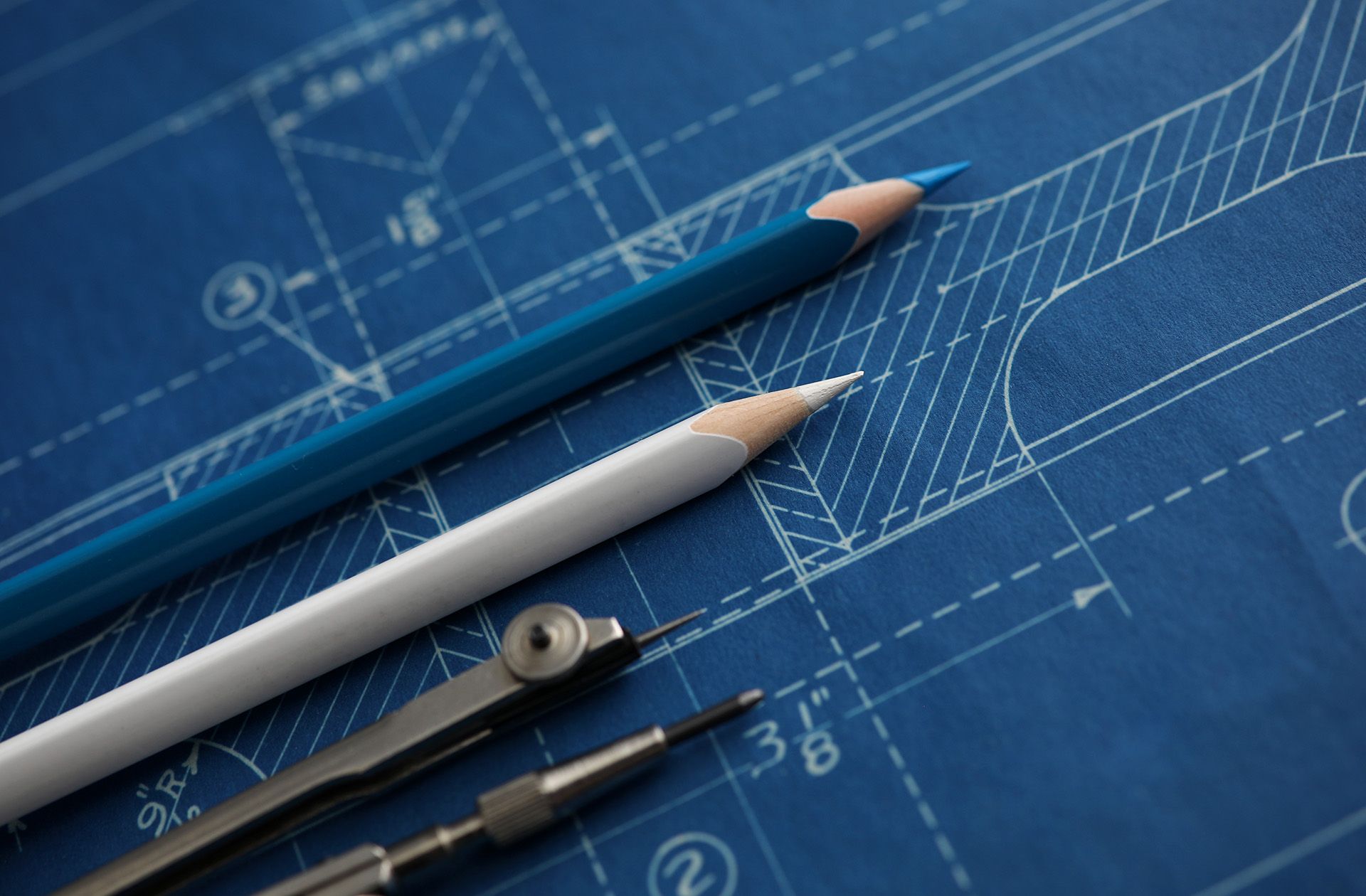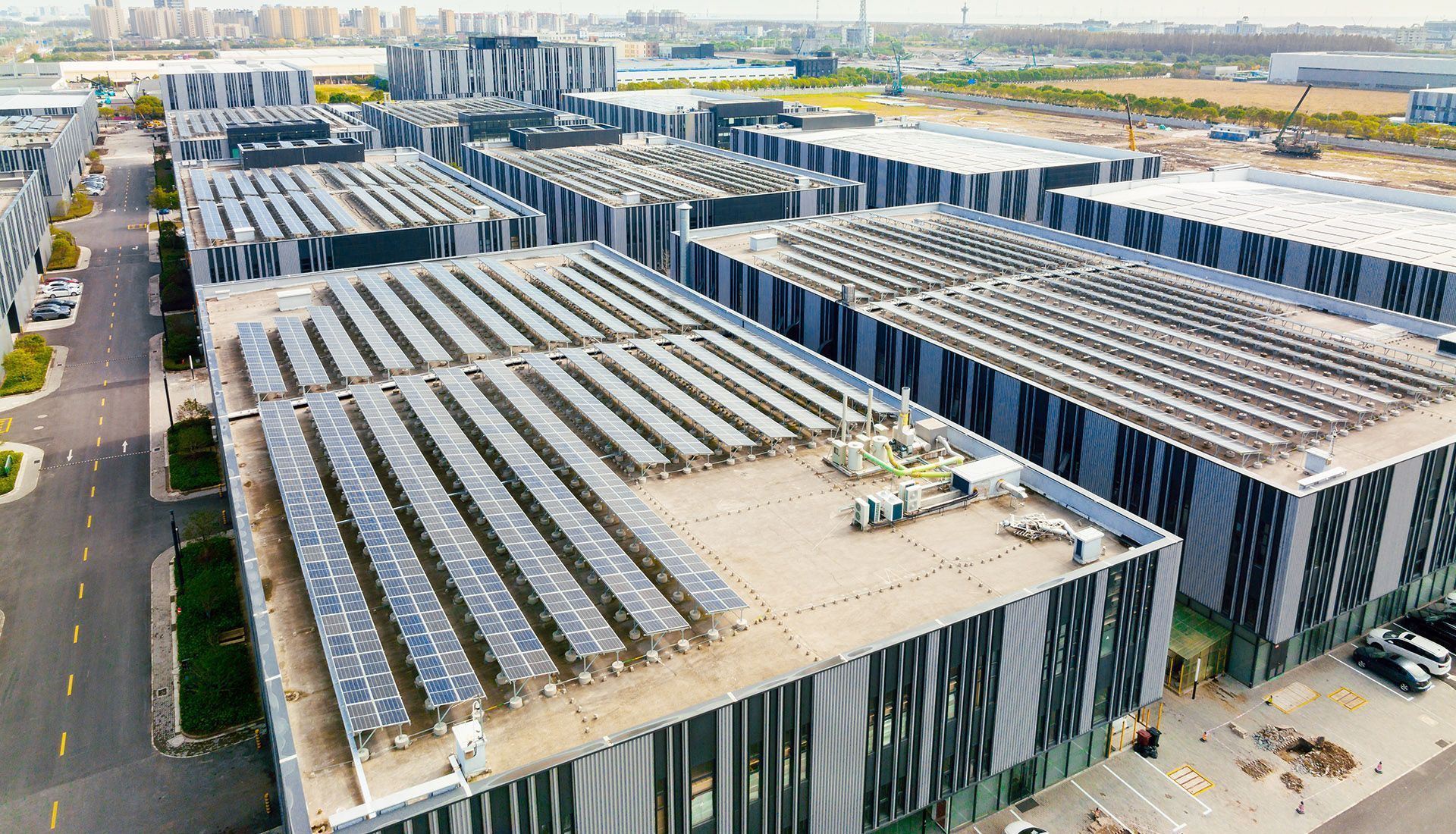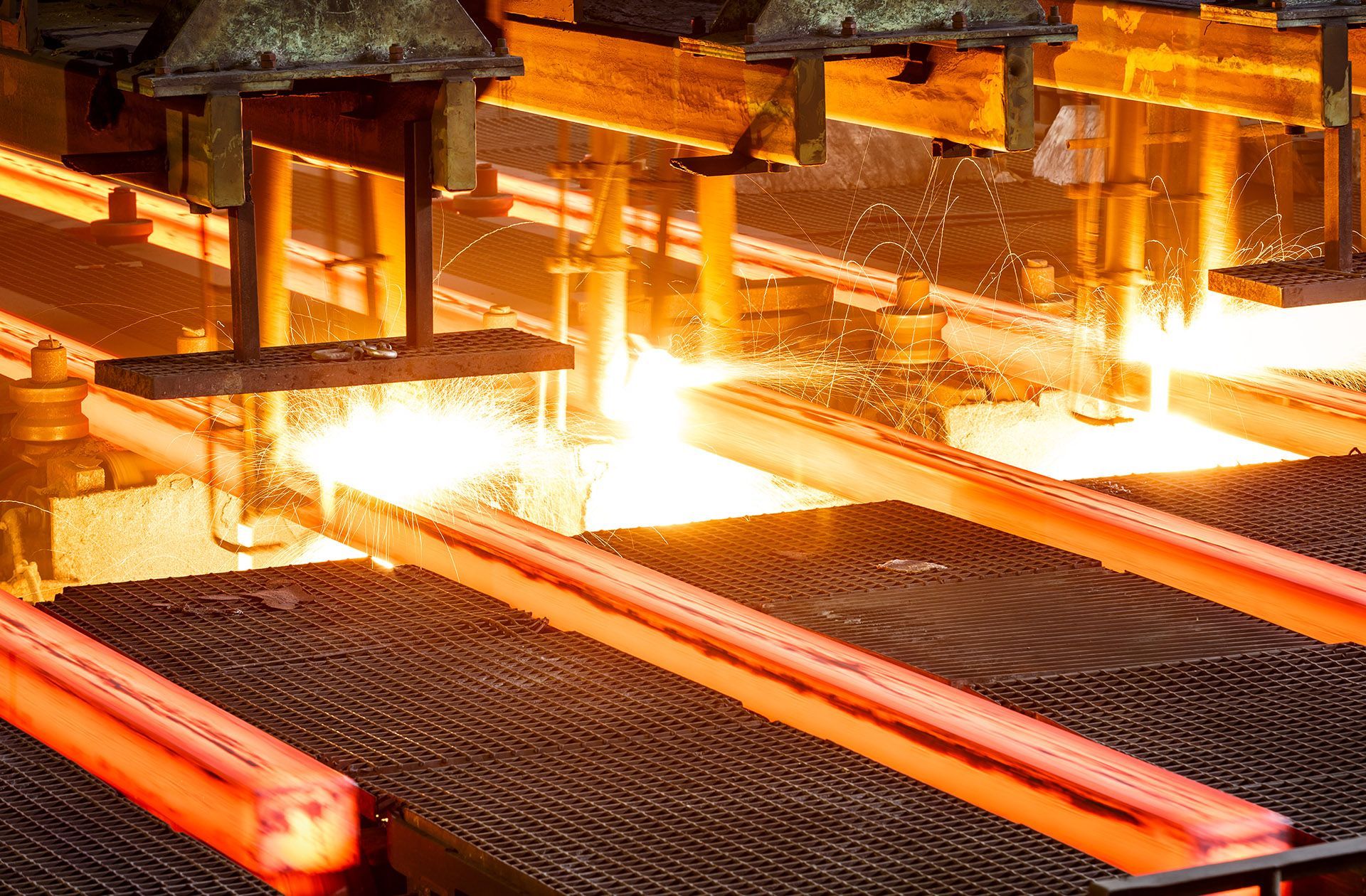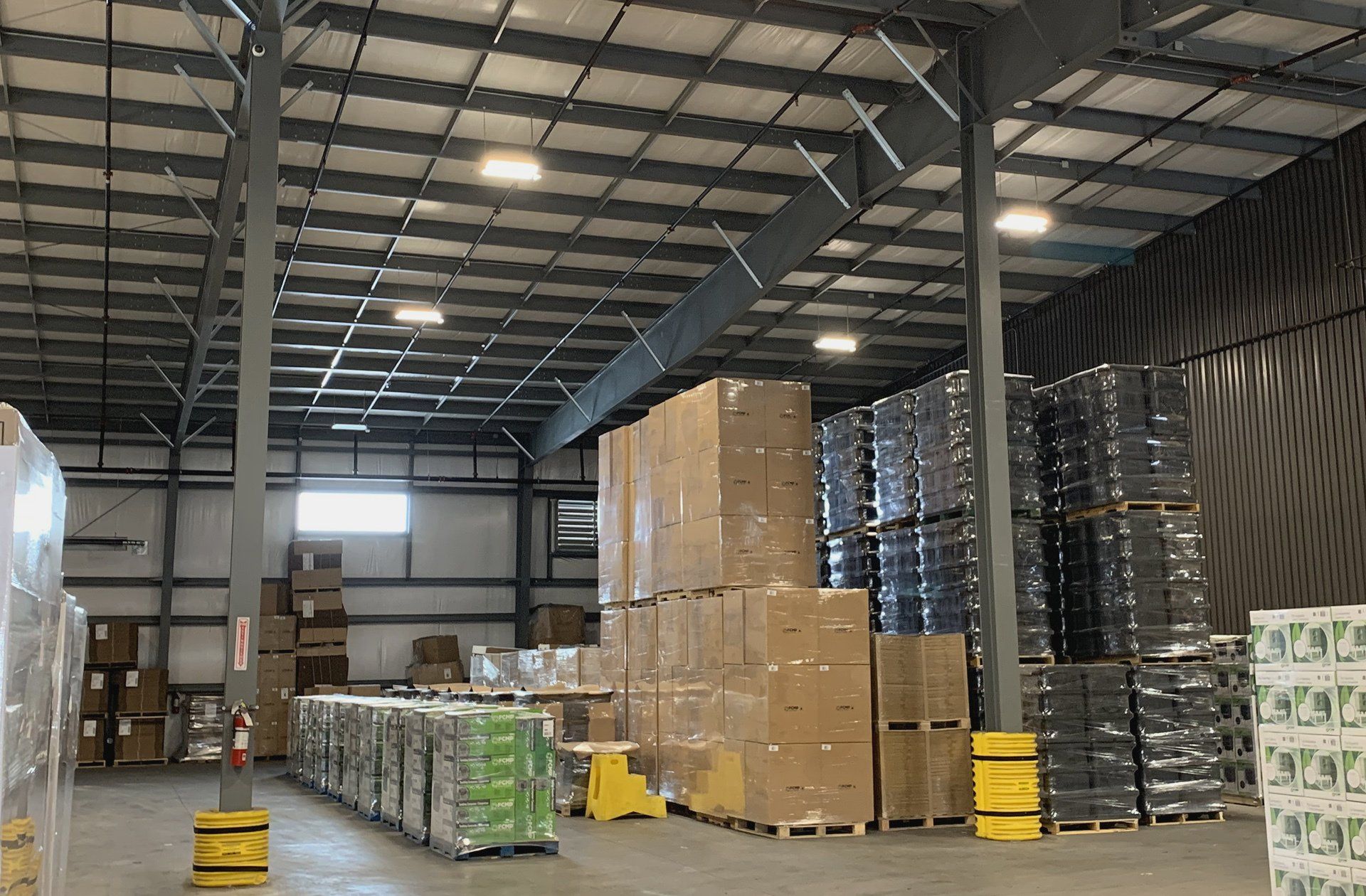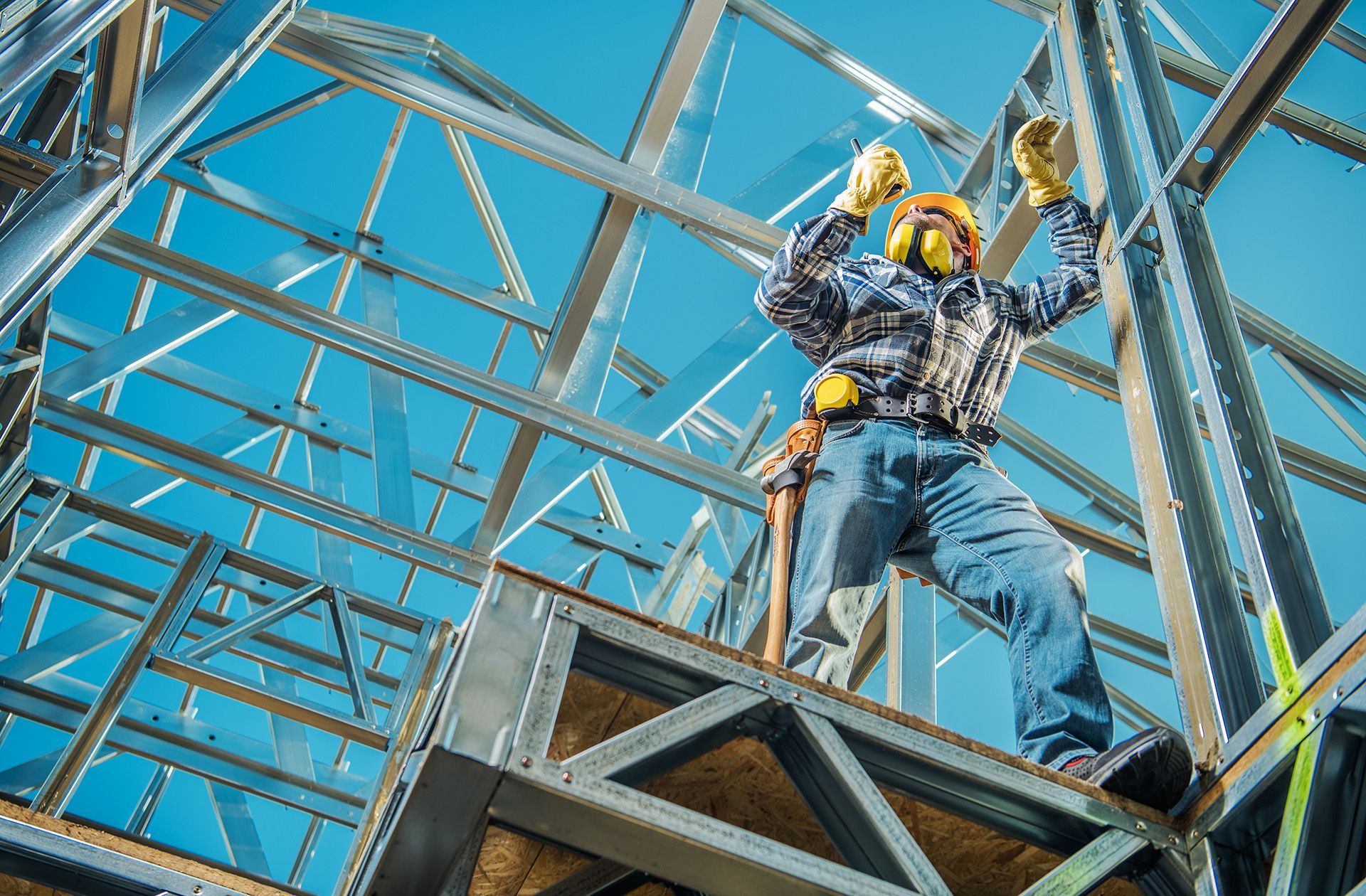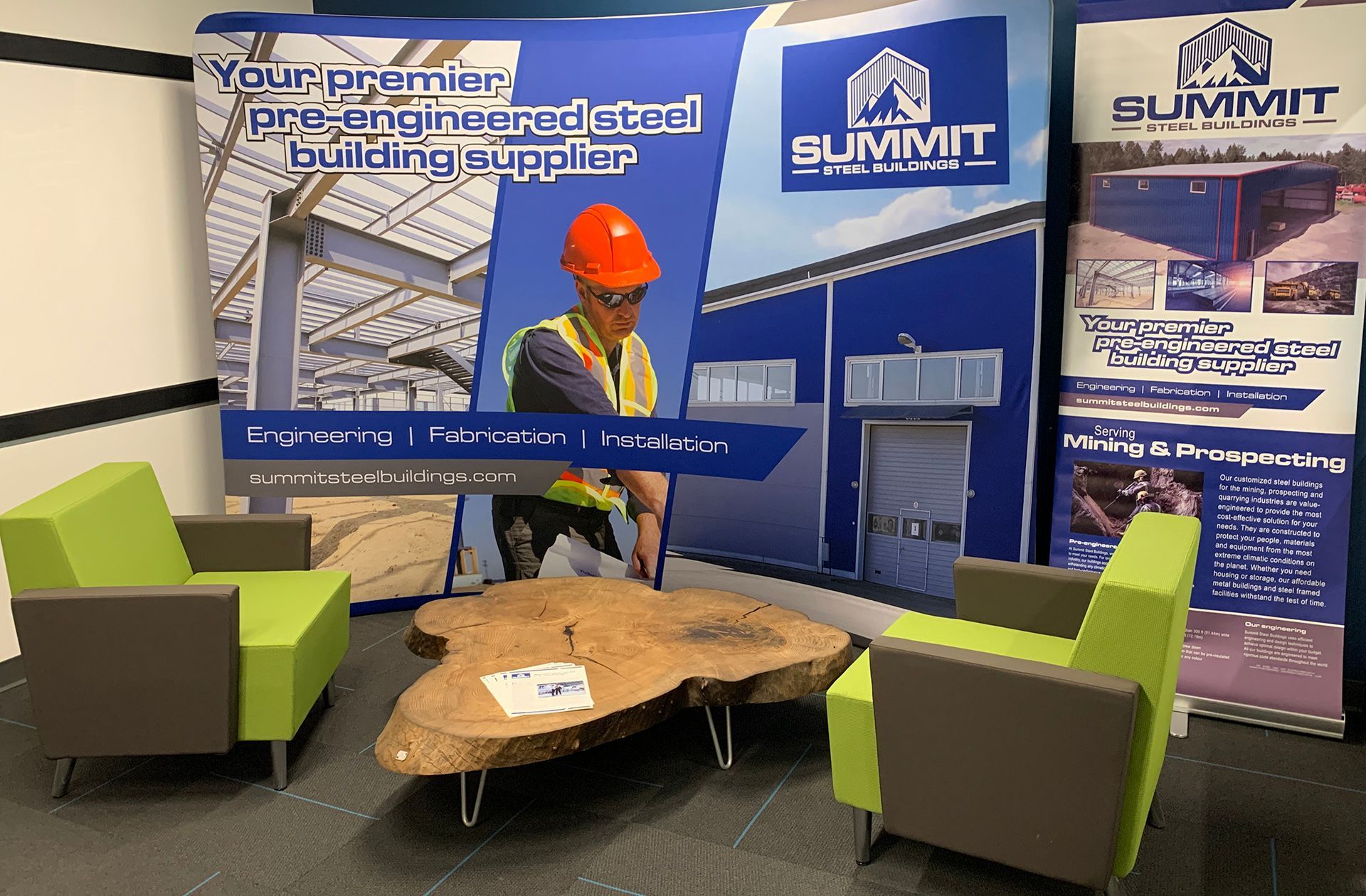Why steel is such an environmentally sustainable building material
Best building and sustainability processes dovetail in steel structures.
With any number of sustainable building materials touted as key to building environmentally friendly structures, it might seem remarkable that steel has quietly become the logical material-of-choice solution.
It’s remarkable because steelmaking historically suffered a poor public reputation – its production conjured up images of spewing smokestacks and a seemingly careless disregard for the environment. However, the present truth is completely different. In the past 20 years, the steel industry has evolved to focus on energy efficiency and is now considered the top choice for those looking to design green buildings.
Steel is an endlessly renewable resource. While energy efficiency and sustainability have been top of mind for at least a decade, facility professionals are now seeing the environmental benefits of steel at the microeconomic level, across individual projects. The construction industry, specifically, has an increased focus on understanding the impact building components and the structure itself have on the environment.
Today, sustainability and environmental impact are a major focus when planning buildings. Proof of that focus is how buildings, whether new or renovated, continue to strive for Leadership in Energy and Environmental Design (LEED) certification, the de facto gold standard for guidance on designing, building or maintaining energy-efficient and sustainable structures.
Architects, engineers and contractors are choosing steel framing systems to meet sustainable goals and reduce environmental impacts wherever possible. Up to 93% of recycled material is used in steel construction and just over 98% of steel can be reutilized. In short, after the initial manufacturing of the raw product, it has an almost infinite afterlife – a true ‘cradle-to-cradle’ material.
The reuse of older steel does not reduce its effectiveness. Recycled steel loses none of its strength or vitality. It’s a multi-cycle material with zero loss in material integrity. Further, it has a very high strength-to-weight ratio and a very low carbon footprint (1.16 tons of CO2 per ton of fabricated hot-rolled steel). Compared to other material alternatives, this is a markedly low number. LEED 2009 and V4 criteria affirms that steel is the superior material in an overall structure rating because of these factors: recycled content, rate of recycling and transparency.
Drilling down into steel’s advantages, post-production use isn’t the only place where steelmaking has gained environmental advantages over its competitor materials. The past two decades have seen a 29% decrease in energy use during steel manufacturing and construction. With a focus on sustainability, reasons to use steel as a primary building material are compelling.
Structural steel mills – Overall carbon emissions have been reduced by 36% since 1990 and steel production has a water recycling rate of 95%, resulting in a net consumption of only 70 gallons per ton.
Scrap processing –At the end of its purposed use, 81% of steel by weight is recovered for recycling. Included in that number is 70% of containers, 72% of reinforcing bars and 98% of structural steel. Given these statistics, it’s unsurprising that steel is the most recycled material in the world: domestic mills alone recycle more than 70 million tons of scrap each year. Currently, new structural steel includes 93% recycled content. That’s a staggering statistic and one to which we’re proud to play a leading role.
Fabrication – The steel manufacturing process, increasingly adopting more carbon-neutral and energy-efficient techniques are creating a much cleaner final building material. Cold-formed steel is the main metal used in our pre-engineered panels. While producing a harder and stronger product (in tensile strength) with less surface imperfections and a smoother polished surface finish, the cold-forming method uses less energy because processing is done at or near room temperature. Its higher carbon content traps it within the materials rather than releasing it into the environment resulting in a much lower carbon footprint. For more information on how steelmaking is changing, read “The Promise of Carbon-Neutral Steel”.
Consider these facts about how steelmaking has changed (courtesy of the American Institute of Steel Construction)...
- Increased productivity by a factor of 24 since 1980 (reduced labor hours per ton from 12 to 0.5),
- Increased material strength by 40% since 1990 (36 ksi to 50 ksi),
- Decreased carbon footprint (per ton) by 36% since 1990,
- Decreased energy intensity (per ton) by 31% since 1990,
- Decreased greenhouse gas emissions (per ton) by 45% since 1975,
- Earned an EPA best industry performance designation.
Supply-chain efficiency – Summit Steel Buildings uses four strategically built factories across North American to fabricate structures with the focus on delivery inland or to any port on the west and east coasts. Thinking nationally, lower transportation times create reduced fuel use, a much less related environmental impact and lower overall project costs.
Construction and erection – Buildings made from steel can be fabricated and assembled off-site to be erected quickly at the location site, resulting in safer working conditions, a shorter construction schedule (up to 60% less) and reduced emissions from on-site construction equipment.
Building operation – Buildings made with steel use less energy. Less building volume (due to lower floor-to-floor heights) and larger windows (allowed by steel framing) create more efficient climate control and allow more natural light and higher occupant comfort. Steel means buildings can have long-span beams with open, column-free spaces, a tremendous advantage should the building require future expansion.
Deconstruction and scrap collection – At the end of the structure’s life cycle, the beams, columns and other steel elements can easily be refabricated for use in other structures through melting and rolling. And other random steel elements captured as scrap will be used to create new products.
Steel’s sustainability is built throughout its building lifecycle
It's not just about steel as a material. It's about how Summit Steel Buildings’ structural solutions lower costs through improved environmental sustainability. Our acute environmental focus means cost savings throughout the entire building process. Viewed in total, steel structures are the superior solution for businesses looking to not only make a sound building investment but to also demonstrate leadership in environmental sustainability.
Convinced?
Please contact us to start the conversation...
About the author
Darren Sperling has specialized in the engineering and delivery of pre-engineered steel buildings for over 15 years and has experience in over 20 countries worldwide. He can be contacted at Summit Steel Buildings at (877) 417-8335, by email at darren.sperling@summitsteelbuildings.com or on LinkedIn.


